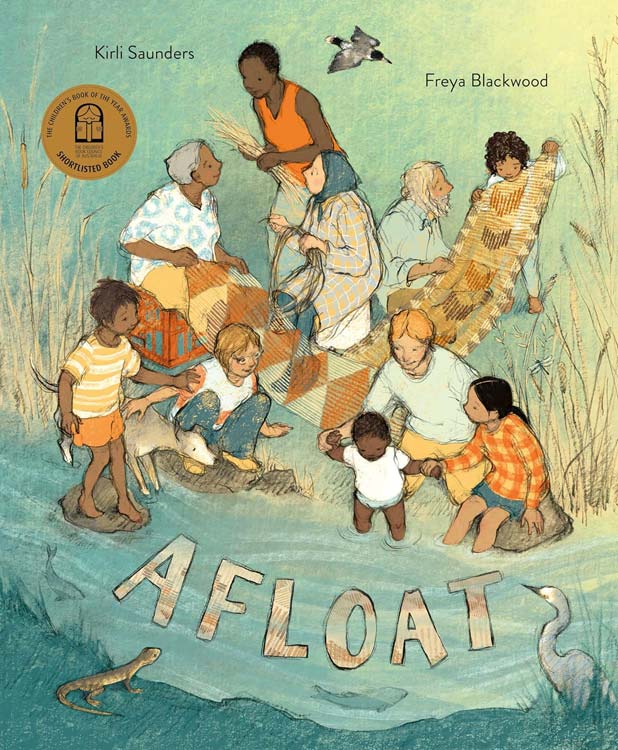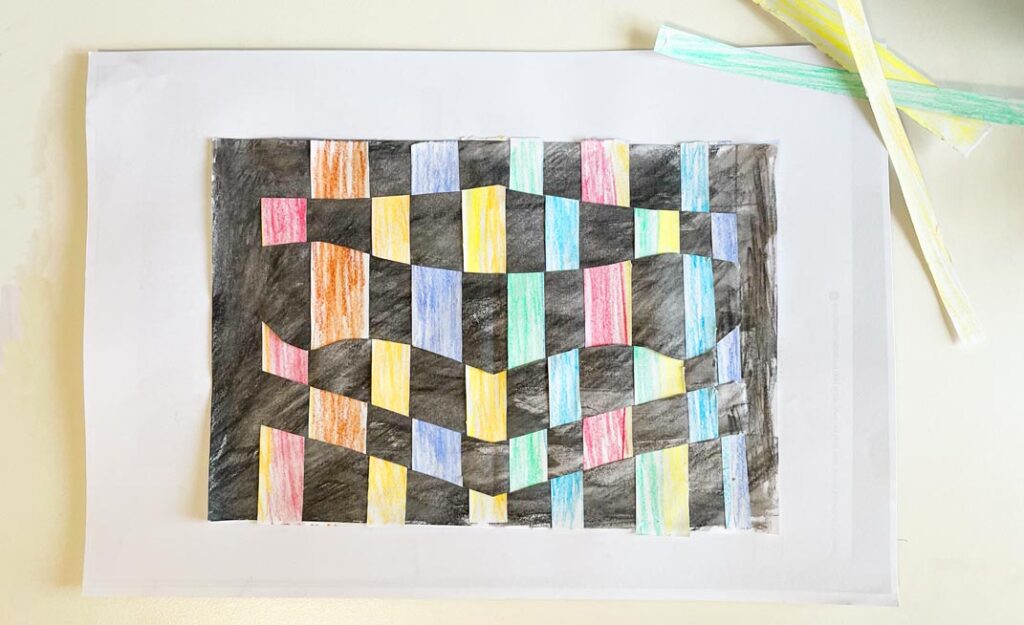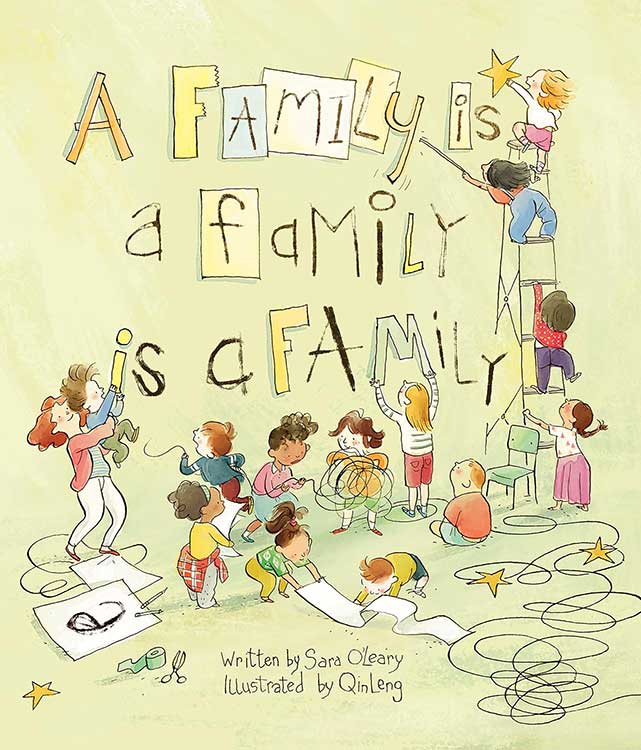Afloat is a lyrical and visually rich book that gently immerses students in First Nations perspectives through the traditional practice of weaving. This poetic narrative opens a doorway for meaningful learning in both Design and Technologies and Health and Physical Education, offering deep cultural insight and authentic Australian Curriculum connections.
Health and Physical Education
- AC9HP2P01 (Year 1/2): Afloat beautifully illustrates how cultural practices contribute to First Nations identities and community wellbeing. Weaving is presented not just as an artform, but as a living tradition that connects generations. Through the gentle narrative, students begin to understand how engaging in cultural practices like weaving fosters belonging, pride, and personal strength. Teachers can use this as a way to discuss how traditions are carried forward, how wisdom is passed down, and how culture continues to thrive across time. This supports respectful classroom conversations about diversity, resilience, and the importance of community and identity.
Design and Technologies
- AC9TDE2K01 (Year 1/2): Afloat invites students to explore how Aboriginal and Torres Strait Islander Peoples design and produce woven products to meet functional needs and support sustainability. The book gently introduces weaving as a purposeful practice tied to living on and with Country. Through the story, students learn that weaving is not only creative but also deeply practical and used to carry, hold, or protect. Teachers can build on this by discussing the significance of design for purpose, encouraging students to reflect on how cultural designs are shaped by environment and necessity.
- AC9TDE2K03 (Year 1/2): The book also supports learning about products made from native plants, providing context for understanding where materials come from and how they are processed. Through richly illustrated scenes, students are introduced to natural resources like bark and grasses, prompting inquiry into what plants are used for weaving, where they grow, and how they are harvested respectfully. This allows students to trace the journey from plant to product and appreciate the ecological knowledge embedded in First Nations practices.







Leave a Reply